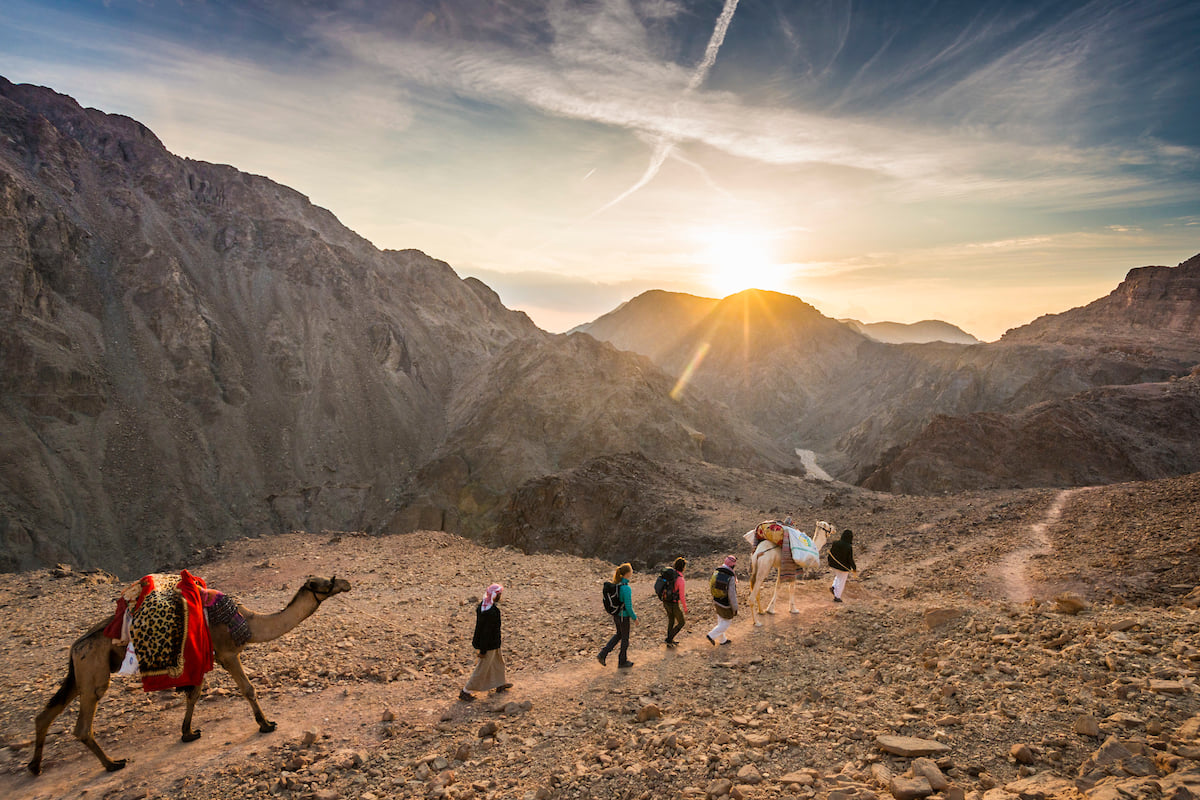Egypt’s spiritual soul runs like an underground river. Beyond the bustling of its cities, and its packed streets, there is a strong life force that holds different communities together through difficult times. While religious tourism is often associated with places like India, according to the Global Spirituality Index, there is also potential for Egypt to become a key destination for spiritual travelers. More than just being a center for major religious civilizations, such as the Coptic Civilization and the Islamic civilization, Egypt also holds a long history of ancient spiritual practices and beliefs that are unique to its geographical landscape and natural environment. For instance, the study and exploration of the relationship between heaven and earth was always embedded in the culture of ancient Egyptians. Egyptologist Regine Schulz noted that the ancient Egyptians once believed that Gods traversed the skies of heaven in boats, which reflects ancient Egyptians’ reliance on the Nile river and their deep connection with it. The sun also dominates Egypt’s landscape and environment, which is why it was also regarded as an important spiritual symbol that reflected the journey of life from birth to death. Desert…




